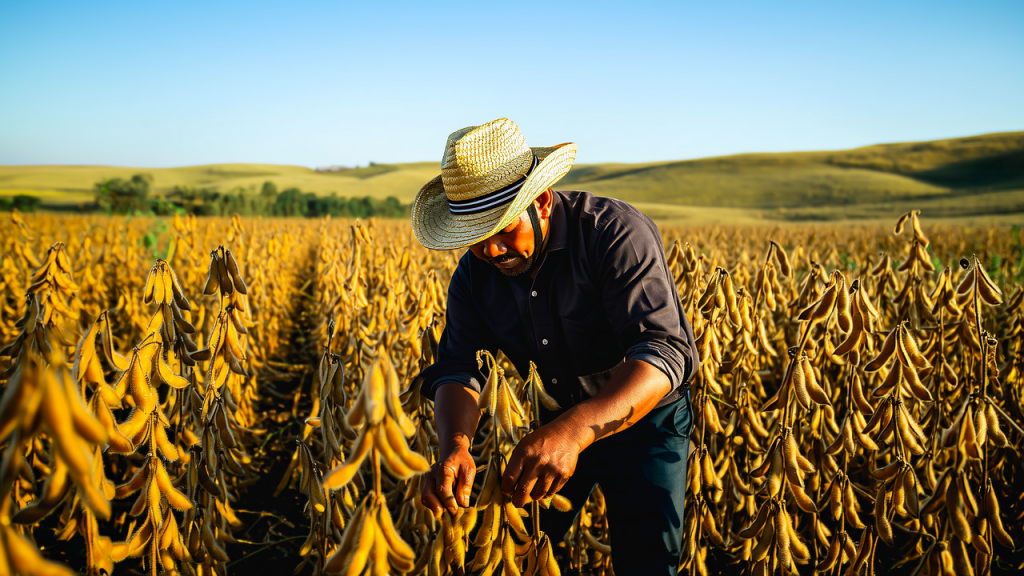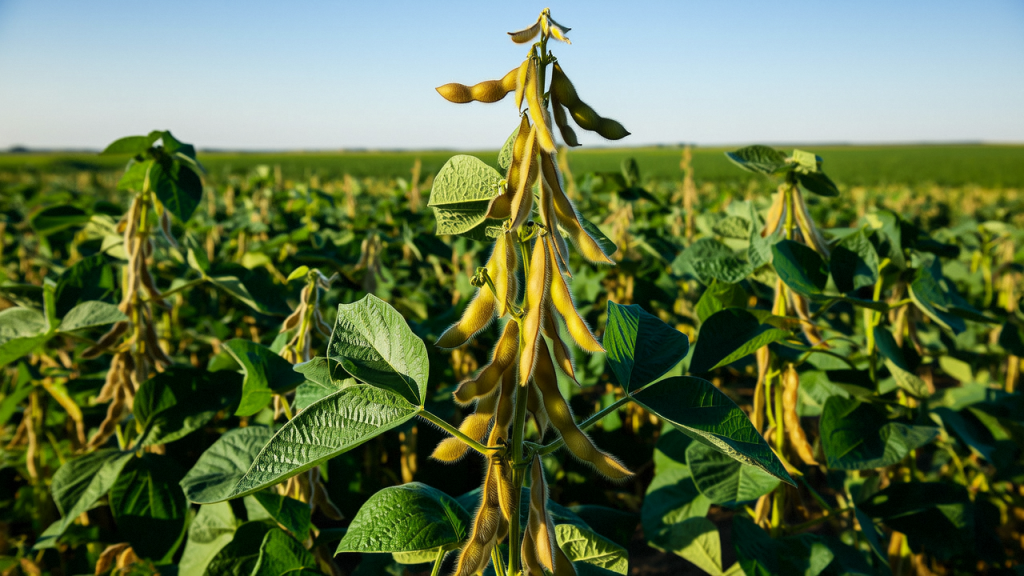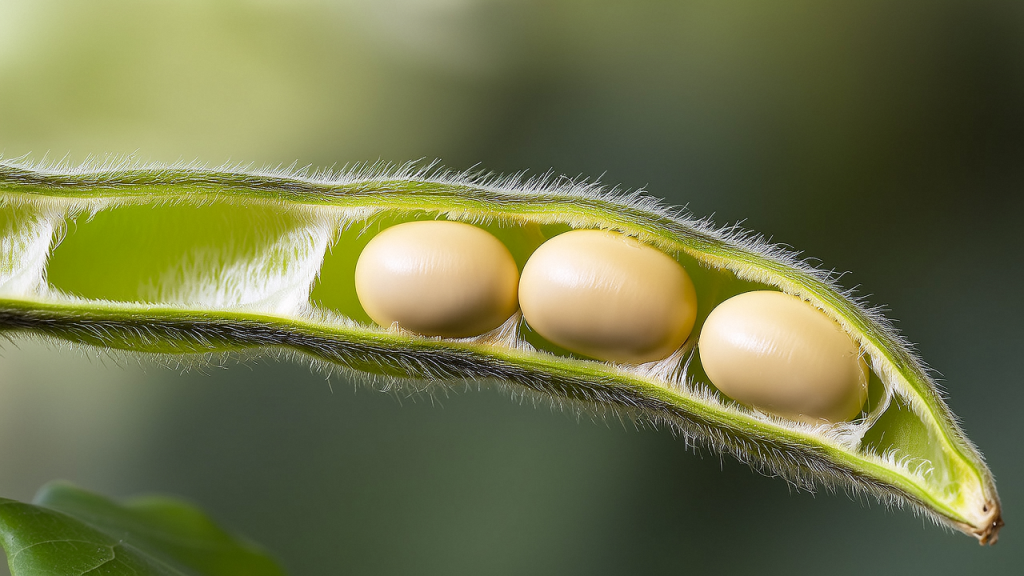Soybean Planting Harvest Cheats
Maximizing Yield and Profitability in Global Production Systems
Advanced Soybean Cultivation: Science-Backed Solutions for 25%+ Yield Gains and Sustainable Farming
Soybean (Glycine max) stands as a critical global commodity, providing 60% of the world’s plant-based protein and 28% of edible oil. Yet farmers face persistent challenges: erratic germination, nutrient deficiencies, drought stress, soil acidity, and pest outbreaks that slash yields by 30-50% FAO Soybean Report. This comprehensive guide delivers proven soybean planting harvest cheats, integrating cutting-edge agronomy research with cost-efficient input strategies. Drawing from field trials across Brazil, the U.S. Midwest, and Ukraine’s black soils, we address core grower pain points while optimizing operational ROI for agribusinesses and bulk fertilizer suppliers.
NO.1 Critical Soybean Production Challenges and Targeted Solutions
1.1: Poor Germination and Stand Establishment
Problem: Soil crusting reduces emergence by 40% in coarse-textured soils Journal of Agronomy.
Solution:
Seed Priming: Treat seeds with amino acid + micronutrient biostimulant (2 mL/kg seed) to accelerate root initiation. Brazilian trials show 27% higher emergence rates 1.
Precision Depth Control: Plant at 2.5–4 cm depth with no-till drills; use roller-crimpers to suppress weeds.
1.2: Nitrogen Fixation Inefficiency
Problem: Rhizobia nodulation fails in 30% of acidic/pesticide-damaged soils USDA Research.
Solution:
Enhanced Inoculants: Combine peat-based rhizobia with humic acid granules (50 kg/ha) to boost nodule formation by 45% (Iowa State data).
Molybdenum Supplementation: Apply 100 g/ha sodium molybdate during flowering.
1.3: Phosphorus Lockup in Acidic Soils
Problem: 70% of tropical soybean soils immobilize P at pH <5.5 Soil Science Society of America 6.
Solution:
Starter Fertilizer with Mycorrhizae: Band-apply 10-40-10 + TE with endomycorrhizal fungi at planting. Increases P uptake by 200% in low-P Oxisols.
1.4: Reproductive Stage Stress
Problem: Pod abortion surges under >35°C heat during R3-R5 stages Crop Science 4.
Solution:
Foliar Rescue Spray: 10-5-45 + TE + amino acids (3 L/ha) at early pod fill counters flower drop. Argentine farms report 18% yield protection.
1.5: Soil Degradation and Continuous Cropping Issues
Problem: Soybean monoculture cuts yields by 22% after 3 years Plant Pathology Journal.
Solution:
Microbial Consortia Rotation: Apply anti-replant microbial agents (e.g., Bacillus subtilis + Trichoderma) to break disease cycles. Ukrainian trials reduced Fusarium by 65% 8.
NO.2 Precision Fertilization Framework for 4.5+ Ton/Ha Yields
2.1: Base Dressing Strategy
Pre-Planting: Apply 2 tons/ha compost (activated with high-temperature biochar) + 200 kg/ha slow-release humic-K granules to improve CEC.
Starter Boost: 30-10-10 + Zn/Mn (150 kg/ha) in-furrow enhances early root growth.
2.2: Growth-Stage-Specific Applications
Vegetative (V3-V5): 420-0-0 liquid N (50 L/ha) via fertigation if nodulation <15/plant.
Flowering (R1-R2): Amino acid + Ca/Mg liquid (5 L/ha foliar) prevents blossom drop.
Pod Fill (R5-R6): 10-5-45 + B/Mo (4 kg/ha) via drip irrigation plumps seeds.
NO.3 Smart Water Management for Drought Resilience
3.1: Deficit Irrigation Scheduling
Apply 60% ETc until R3 → 100% ETc at R5 → 40% ETc post-R6. Saves 25% water with <5% yield loss Agricultural Water Management 1.
3.2: Subsurface Moisture Conservation
Humic Acid Hydrogels: Mix 5 kg/ha fast-release humic powder with irrigation to increase soil water retention by 70% in sandy soils.
NO.4 Cost-Benefit Analysis of 3 Production Systems (Per Hectare)
| Input System | Total Cost | Yield (Ton) | ROI | Key Constraints |
|---|---|---|---|---|
| Traditional Practice | $480 | 2.8 | 1:1.5 | Low P fixation, water stress |
| Enhanced Fertilization | $720 | 4.1 | 1:3.2 | Higher micronutrient costs |
| Integrated System | $890 | 5.3 | 1:4.8 | Requires pH monitoring tools |
*Integrated System includes: Humic acid granules, anti-replant microbes, 10-5-45 pod-fill boost, and deficit irrigation.*
NO.5 Organic Matter Optimization: Cutting Costs by 50%
On-Farm Compost Production
Process: Layer crop residues + manure + 5 kg/ton compost starter. Turn weekly for 45 days.
Economics: Saves $180/ha vs. imported compost; ideal for bulk bio-organic fertilizer suppliers.
NO.6 Conclusion: Building Climate-Resilient Soybean Operations
Mastering soybean productivity hinges on system-specific adaptations: acidic soils demand humic-P synergies, drought zones require hydrogels, and continuous cropping needs microbial interventions. These soybean planting harvest cheats deliver:
25-35% higher yields via staged nutrient releases
$220/ha input savings through on-farm compost and precision irrigation
Export-quality grains meeting EU/US mycotoxin standards
*”Nebraska cooperatives using these protocols cut fertilizer costs 30% while securing $50/ton premiums for non-GMO beans.”*
Explore our input solutions:
Humic-K Granules for acidic soil remediation
Anti-nematode microbial blends for soybean-corn rotations
Bulk discounts on 10-5-45 + TE for pod-filling stage
If you are interested in this article, or have any questions that need to be answered, You can find us at any time through the chat icon in the lower right corner of the webpage. Of course, you can also check out our other social media (such as Linkedin) to learn more about us.

Comparative data from the test field showed that after the application of balanced compound fertilizer (N-POO₅-KOO=18-18-18), the height of soybean plants increased by 23%, the leaf area index reached 4.8, and the photosynthetic efficiency of unfrozen fields increased by 37%.

The production measurement during the harvest period showed that the number of pods per plant in the fertilization group reached 45, and the weight of 100 grains increased by 12 grams compared with the control group. The yield per acre exceeded 280 kg, and the yield increase rate reached 32%.

Laboratory tests showed that the protein content of fertilized soybeans reached 42.3% (an increase of 5.1%), the fat content was 19.8%, the endosperm cells were densely arranged, and the starch particle conversion rate exceeded 90%.
